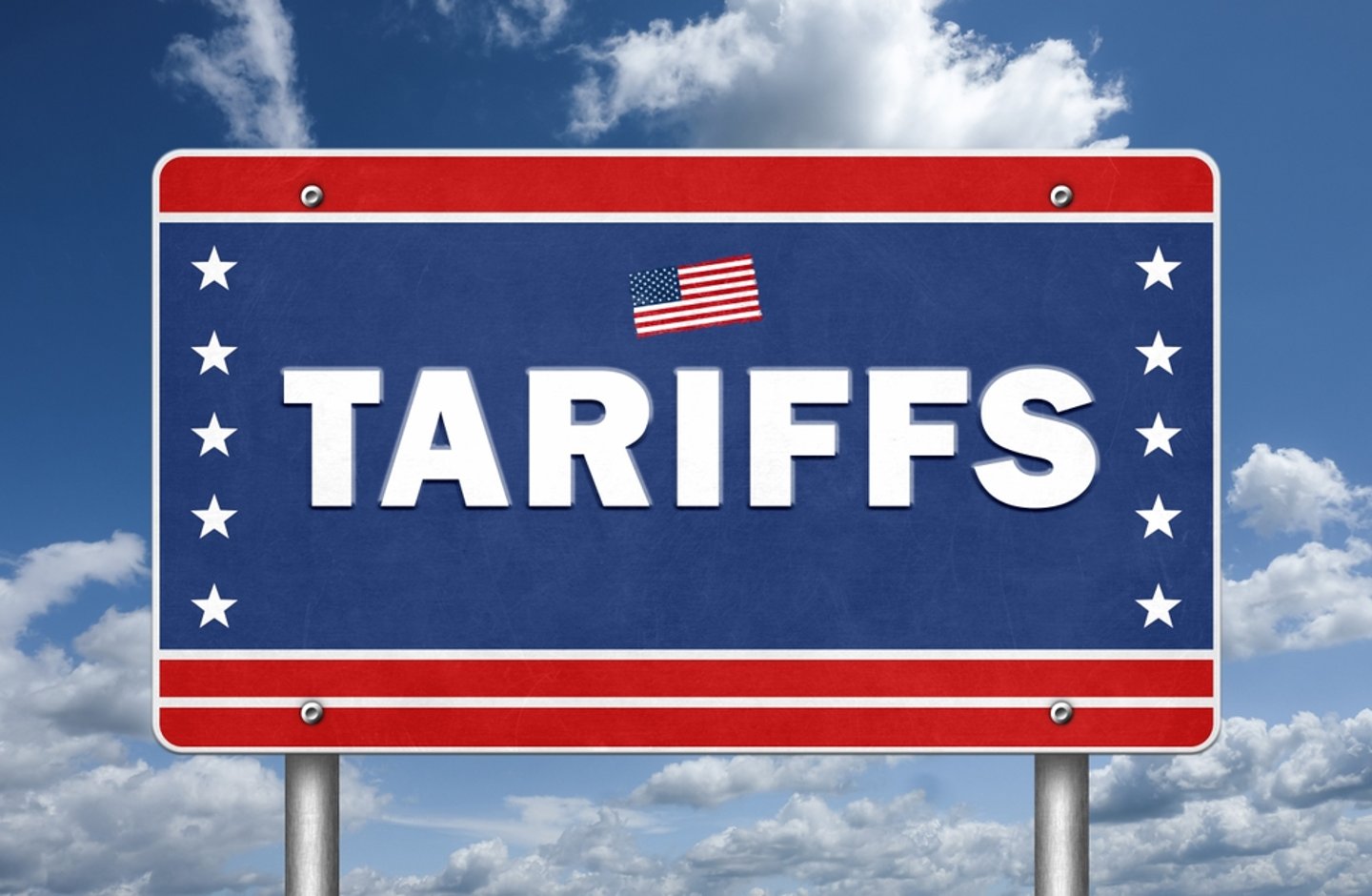Leverage Lessons From COVID-19 to Navigate Risks Within Trump’s Tariffs
President Donald Trump’s threat to impose tariffs on imports from some of America’s major trading partners has caused uncertainty for U.S. consumers, with groceries facing significant risks. While this poses a number of challenges, Mintel has identified several strategies to help mitigate the situation by tapping into learnings from the lack of clarity created during the COVID-19 years.
U.S. grocery shoppers are already tired of high food and drink prices, and things could possibly get worse. This would pose a challenge for U.S. grocery retailers, as 76% of U.S. consumers believe grocers could do more to lower prices. If the proposed tariffs become a reality, there could be impacts previously seen from COVID-19, such as upheaval in global supply chains and surging costs for businesses and consumers. Grocery retailers will need to justify any price increases while maintaining an agile approach to their supply chains as they navigate the latest policy changes.
[RELATED: Exclusive - Making Sense of the Volatile Tariff Situation]
The persistent impact of inflation on grocery prices has been a significant concern for U.S. consumers. Mintel research shows six in 10 U.S. consumers say that they have consistently felt affected by higher grocery prices from March 2021 to January 2025. Any additional price hikes – no matter the cause – will be unwelcome by U.S. consumers, who are worn down from years of enduring a higher cost of living, especially higher food and drink prices.
Prioritize Transparency During an Uncertain Time
During the COVID-19 pandemic, transparent communication emerged as a critical strategy for the food and drink industry. Brands should adopt a similar strategy now by preparing transparent and compassionate communication regarding the reasons for any consumer-facing price increases. Clear communication is important to avoid drawing the ire of U.S. consumers, who are weary of having to adjust to new disruptions.
As seen during the first Trump administration, tariffs raised prices on necessities and strained consumers who were already feeling pinched. U.S. consumers have found money-saving swaps in the past few years, but more affordable alternatives are dwindling, even for the most resourceful shopper. Additional price hikes from tariffs would limit shoppers’ options for low-cost food and drink alternatives. Mintel research shows that 54% of U.S. adults have made compromises in their typical food and beverage choices because of higher costs. Higher grocery costs would be especially hard on the 27% of U.S. consumers who describe their financial situation as tight, struggling or in trouble.
Tariffs may also require brands to seek new sources for ingredients, packaging materials and imported products. Mintel’s 2025 Global Food & Drink Trend Chain Reaction predicted supply chain shifts and recommended brands encourage consumers to be open to new origins, ingredients and other alterations that arise because of readjusted supply chains.
Cost-conscious shoppers will be more willing to accept a change in origin, formulation or packaging if it is made to maintain pricing.
Here again, lessons can be learned from practices during COVID-19, when companies shared how their businesses benefited people and the domestic economy. Locally sourced brands can emphasize the need for continued support of local agriculture and homemade products. We are already seeing high demand for locally sourced produce, with 47% of those responsible for food and drink shopping in their household expressing a desire to see more locally produced food and drink products – a number that is only likely to grow.
Aside from price, brands also can share other benefits of domestic production. For example, the Latin American beer brand Presidente’s packaging explains that the beer is “brewed in the USA for a fresher taste.”
If the tariffs are imposed, grocery retailers will inevitably face cost increases across their entire supply chain, from ingredients to packaging. As companies navigate this complex landscape of change and uncertainty, it will be critical to remember the lessons learned during the COVID-19 pandemic: to prioritize being agile and innovative, and above all to be empathetic to consumers' challenges and concerns. Brands and retailers that prioritize honest and open communication will be in the best position to navigate future challenges because they foster stronger relationships with consumers.






